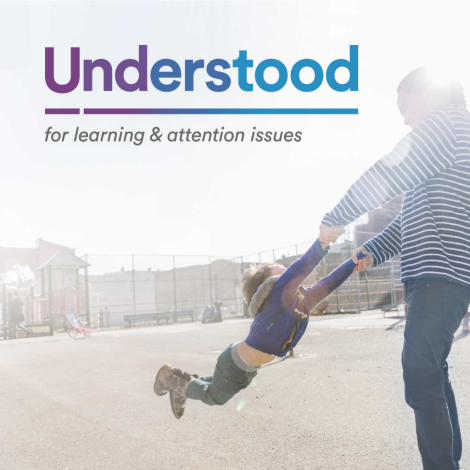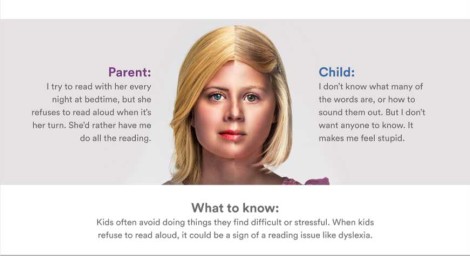
It is really quite astonishing to know that with all of the technology and knowledge that we have gained over the years, that one in five children struggles with issues related to reading, math, writing, focus, and organization, and yet many children with learning and attention issues STILL do not have a diagnosis. This is simply baffling to hear. To know that kids and parents are out there struggling, thinking they are alone when there is help out there!
Much of this stems from parents, teachers and the other adults in their lives misunderstanding what is actually going on. They often times have a hard time understanding their issues due to misconceptions and a lack of information and resources. As a result, children with learning and attention issues often face both academic and social challenges. There is nothing wrong with a diagnosis of a learning or attention disorder, it is much more common than people realize. Yet, again, it is going undiagnosed year after year.

I have family members with learning and attention issues and have seen the importance of diagnosis and having an IEP.
Making an IEP binder is a great way to keep information organized and at the ready when you need it. An IEP binder can help you prepare for IEP meetings and stay up to date on your child’s progress. This powerful tool can also help you communicate and collaborate with teachers and your child’s IEP team. Organizing an IEP binder with your child’s evaluation reports, IEP, report cards and other paperwork may sound like a lot of work. But this guide walks you through what to gather and where to put it. Here’s what you need to get started:
- A three-ring binder
- Six tabbed section dividers
- A three-hole punch
If you are a parent, a friend or family member who thinks that a child might be going through learning and attention disorders, you are not alone in this. Please help me and others educate parents, families and teachers about the signs that are staring them right in the face. There are five learning and attention issues that are most common:
- ADHD: More Than Moving Fast
- Dyslexia: The Best-Known Learning Issue
- Dyscalculia: More Than Math Anxiety
- Dysgraphia: Wrestling With Writing
- Dyspraxia: Trouble With Motor Skills
The #BeUnderstood campaign was created support of Learning Disabilities (LD) Awareness Month in October, and to raise awareness about kids with learning and attention issues. In the U.S., 1 in 5 children struggles with brain-based learning and attention issues that affect reading, writing, math, focus and organization. These issues are a lot more common than most people think, and while learning and attention issues may not be as visible as other health issues, they’re just as real.
The goal of #BeUnderstood is to generate awareness about learning and attention issues and encourage people who are seeing or experiencing signs of learning and attention issues to visit Understood.org, learn about these issues, and take that crucial first step in getting their kids the help they need to thrive in school, at home and in life.

With the right diagnosis, parents and teachers are better able to understand what their children are going through. This leads to a better understanding of the help that they need in order to be successful. When a child is able to fully understand and overcome whatever struggles they are facing, they will finally feel normal. They will have a higher self-esteem and feel more in line with their peers. This is a BIG deal!
Understood.org is a nonprofit organization that offers free online resources for parents of children with learning and attention issues (like ADHD or dyslexia). It is a resource that all parents, even those who have children who are undiagnosed, need to know about. It will help them understand what they are seeing, understand what their child is experiencing, and understand what they can do to help their children.
